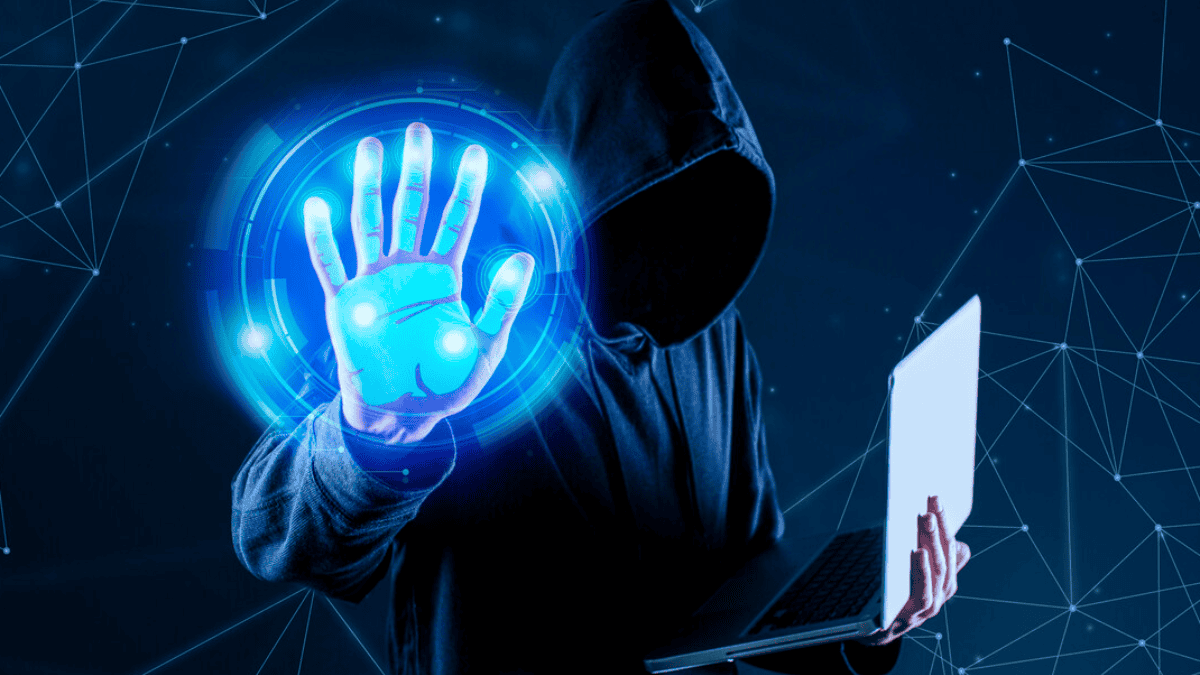The landscape of cybersecurity threats is continuously evolving. Cybercriminals employ a variety of tactics to exploit vulnerabilities in systems, causing financial loss and disruption for businesses, particularly small and medium enterprises (SMEs). As more businesses rely on cloud computing services, securing data and systems against potential threats becomes even more critical. Understanding these threats is vital for effective defense.
Motivations of Cybercriminals
Cybercriminals have various motivations that drive their activities. Understanding these can help in anticipating attacks and strengthening defenses.
| Motivation | Description | Examples |
| Financial Gain | The primary motivation for many hackers, focusing on profit. | Ransomware demands, data theft for sale. |
| Political | Hackers with political motives may target organizations to make a statement. | Hacktivism against corporations or governments. |
| Espionage | Some hackers are hired to gather sensitive information from competitors. | Corporate espionage involving trade secrets. |
| Personal Challenge | Some individuals hack to showcase their skills or gain recognition. | Unsolicited hacks to impress peers or groups. |
Importance of Strong IT Security
Implementing strong IT security measures is crucial for safeguarding an organization’s information. Weak security protocols can leave businesses vulnerable to attacks and breaches.
| Security Measure | Importance | Recommended Action |
| Firewalls | Provide a barrier between trusted and untrusted networks. | Regularly update and configure settings. |
| Employee Training | Employees can be the first line of defense against cyber threats. | Conduct regular training sessions on cybersecurity. |
| Regular Software Updates | Patching software vulnerabilities reduces the risk of exploitation. | Schedule routine updates for all applications. |
| Strong Password Policies | Secure passwords protect against unauthorized access. | Enforce complex password requirements. |
Understanding hacker tactics and their motivations highlights the significance of robust IT security to mitigate risks associated with cyber threats. Adopting proactive measures can significantly lower the likelihood of falling victim to intrusions.
Common Security Vulnerabilities
Cybersecurity threats often exploit vulnerabilities within an organization's infrastructure. Understanding these weaknesses can help small and medium enterprises (SMEs) defend against potential attacks. This section highlights three common security vulnerabilities: weak passwords, phishing attacks, and unpatched software.
Weak Passwords
Weak passwords pose a significant risk as they are easy targets for hackers. Many users create simple passwords that are easily guessable, which can allow unauthorized access to sensitive information.
Implementing strong password policies that require a combination of letters, numbers, and symbols can reduce the likelihood of breach incidents.
Phishing Attacks
Phishing attacks are a common tactic used by cybercriminals to trick individuals into revealing sensitive information. These attacks often take the form of deceptive emails or websites that appear legitimate, urging users to enter their credentials or personal data.
SMEs should educate employees on identifying phishing attempts to reduce susceptibility to this threat.
Unpatched Software
Unpatched software is another vulnerability that hackers can exploit. Software developers regularly release updates to fix security flaws. Failing to apply these updates can leave systems vulnerable to attacks.
Implementing a policy for regular software updates can safeguard against known vulnerabilities, enhancing overall cybersecurity posture.
Bypassing Traditional Security Measures
Cybercriminals have become adept at circumventing conventional security protocols. Understanding these tactics is critical for organizations aiming to enhance their defenses. This section examines three primary methods used by hackers: social engineering techniques, malware and ransomware, and advanced persistent threats.

Social Engineering Techniques
Social engineering exploits human psychology rather than technical vulnerabilities. Cybercriminals manipulate individuals to gain unauthorized access to systems or sensitive information. Common tactics include:
- Phishing: Fraudulent emails lure individuals into revealing personal information.
- Pretexting: Attackers create a fabricated scenario to obtain information from victims.
- Baiting: Offering something enticing (like a free download) to lure victims into providing data.
The effectiveness of social engineering can be attributed to the human tendency to trust and respond to social cues.
Malware and Ransomware
Malware refers to malicious software designed to infiltrate systems and disrupt operations. Ransomware is a specific type of malware that encrypts data, demanding a ransom for decryption. These attacks can severely impact organizations, leading to data loss and financial strain.
Attackers often distribute malware through infected attachments, compromised websites, or downloadable software. Their goal is to incapacitate security measures, gaining control over systems.
Advanced Persistent Threats
Advanced persistent threats (APTs) are sophisticated, prolonged attacks aimed at infiltrating high-value targets. These attackers use a combination of tactics to maintain stealth and gain long-term access to sensitive data.
APTs typically involve thorough reconnaissance, exploiting vulnerabilities in systems over extended periods. Organizations may not realize they have been compromised until significant damage has occurred.
Hackers utilize a variety of strategies to bypass traditional security measures effectively. Understanding these methods is essential for organizations to improve their cybersecurity posture.
Evading Detection
Cybercriminals utilize a variety of techniques to evade detection and effectively bypass traditional security measures. Understanding these methods is crucial for small and medium enterprises (SMEs) looking to strengthen their defenses against potential threats.
Encryption Techniques
Hackers often use encryption to mask their activities and data from security systems. By encrypting their communications or malware, they can protect their data and reduce the chances of detection during transmission. This technique can complicate analysis by security teams and make it difficult to identify harmful actions.
Spoofing and Impersonation
Spoofing and impersonation are common tactics that hackers employ to deceive individuals and systems. By masquerading as a trusted entity, such as a familiar email sender or a legitimate website, hackers can gain unauthorized access to sensitive information. This method exploits human trust and organizations with weak verification measures.
Avoiding Suspicious Activities
To avoid detection, hackers also modify their operational methods to escape scrutiny. This involves changing their activity patterns to blend in with normal user behavior. They may use multiple compromised devices or networks, engage in slow and deliberate data exfiltration, or vary the times of their activities to avoid triggering alarms.
Employing these evasion techniques, hackers can successfully navigate around existing controls. Understanding these tactics enables SMEs to implement more robust security strategies, ensuring better protection against potential cyber threats.
Strengthening Your Defenses
To protect against the tactics employed by hackers, it is essential for small and medium enterprises (SMEs) to implement robust security measures. This section outlines key strategies that can significantly enhance overall cybersecurity.
Implementing Multi-Factor Authentication
Multi-Factor Authentication (MFA) adds an extra layer of security by requiring users to provide multiple forms of verification before gaining access to accounts or systems. This can include a combination of something they know (password), something they have (security token), and something they are (biometric verification).
Implementing MFA can drastically reduce the risk of unauthorized access even if login credentials are compromised.
Regular Security Audits
Conducting regular security audits is vital for identifying weaknesses within the IT infrastructure. Security audits evaluate the effectiveness of existing security measures and provide insights on potential improvements.
Regular audits help organizations stay proactive and adapt to evolving threats posed by cybercriminals.
Employee Training and Awareness
Human error is often a significant factor in security breaches. Training employees to recognize potential threats, such as phishing emails and suspicious links, is a critical component of cybersecurity.
Fostering a culture of security awareness, organizations can significantly reduce the chances of falling victim to cyber-attacks, as informed employees serve as the first line of defense against intruders.

Redefine Your Tech Strategy with LK Tech
With hackers constantly refining their tactics to bypass traditional security measures, businesses must stay ahead by adopting emerging technologies, strengthening their defenses, and fostering a proactive security culture. At LK Tech, we provide top-notch IT support tailored to your unique needs, ensuring robust protection against evolving cyber threats. Our team specializes in securing digital assets with cutting-edge solutions designed for maximum reliability. If your business needs expert cybersecurity services from a trusted IT company in Cincinnati, don’t hesitate to contact us today to learn how we can help fortify your defenses.


